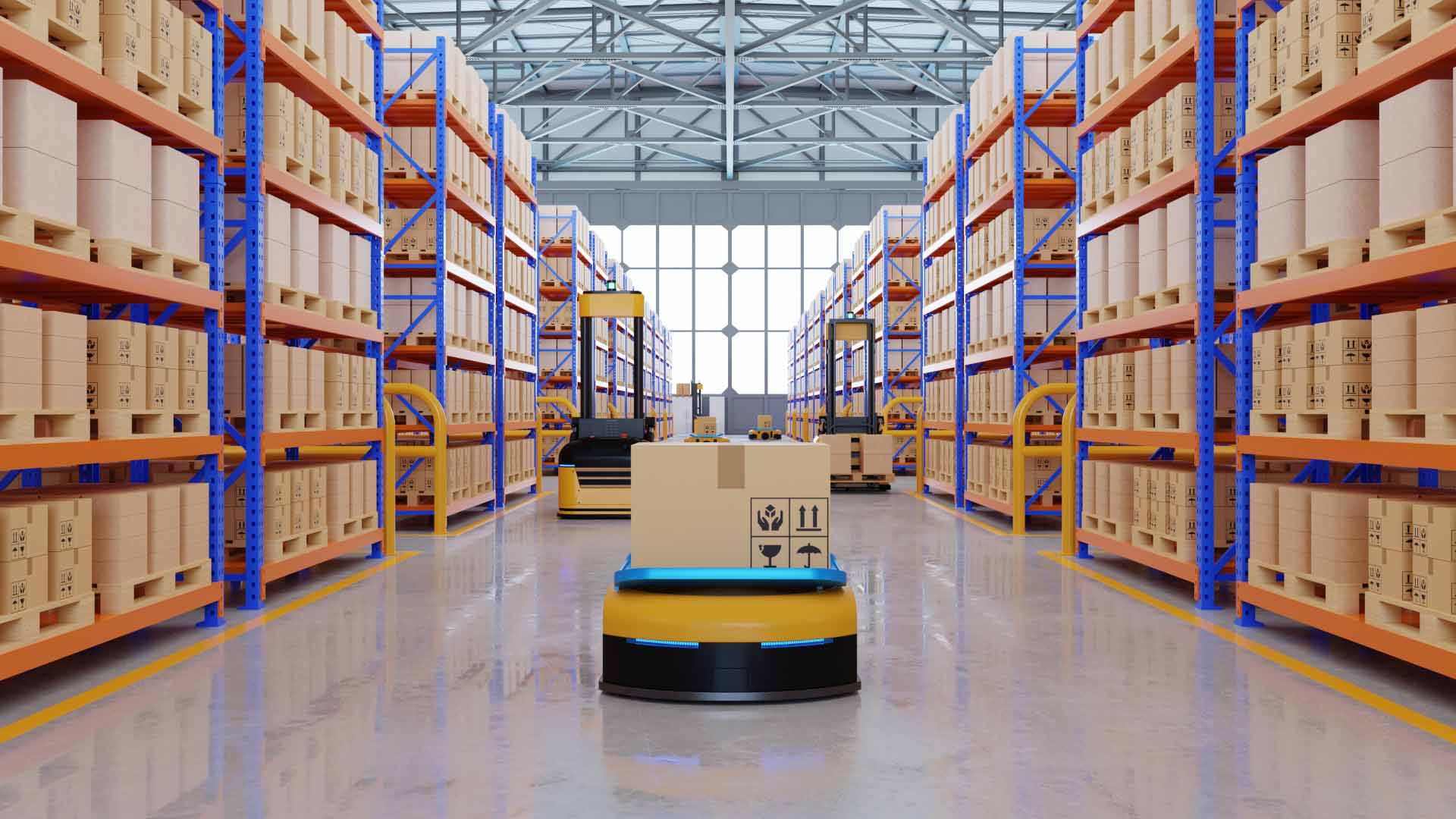
Warehouse automation is transforming how goods are stored, picked, and shipped. But what exactly is warehouse automation? Warehouse automation involves using technology like robots, conveyor systems, and software to streamline operations. This tech reduces human error, speeds up processes, and cuts costs. Imagine robots zipping around, picking items from shelves, and placing them on conveyor belts. These systems can work 24/7 without breaks, making them super efficient. Companies like Amazon and Walmart are already using these technologies to stay ahead. Curious about how this all works? Let's dive into 18 fascinating facts about warehouse automation that will blow your mind!
What is Warehouse Automation?
Warehouse automation uses technology to streamline warehouse operations. It reduces human error, speeds up processes, and increases efficiency. Here are some fascinating facts about warehouse automation.
-
Robots in Warehouses: Robots can pick, pack, and sort items. They work 24/7 without breaks, increasing productivity.
-
Automated Guided Vehicles (AGVs): AGVs transport goods within warehouses. They follow digital paths, avoiding obstacles and reducing accidents.
-
Drones for Inventory: Drones fly around warehouses to check inventory levels. They save time and provide accurate data.
-
Conveyor Systems: Conveyors move items from one place to another. They reduce manual labor and speed up the sorting process.
Benefits of Warehouse Automation
Automation offers numerous advantages. It enhances accuracy, reduces costs, and improves safety. Let's explore some key benefits.
-
Increased Accuracy: Automated systems reduce human errors. This leads to fewer mistakes in order fulfillment.
-
Cost Savings: Automation lowers labor costs. It also reduces the need for physical space, saving on rent and utilities.
-
Improved Safety: Machines handle dangerous tasks. This reduces the risk of injuries to human workers.
-
Faster Operations: Automated systems work faster than humans. This speeds up order processing and delivery times.
Types of Warehouse Automation Technologies
Various technologies power warehouse automation. Each has unique features and benefits. Here are some common types.
-
Warehouse Management Systems (WMS): WMS software manages inventory, orders, and shipments. It provides real-time data and analytics.
-
Automated Storage and Retrieval Systems (AS/RS): AS/RS systems store and retrieve items automatically. They use cranes, shuttles, and carousels.
-
Voice Picking Systems: Workers use voice commands to pick items. This hands-free method increases efficiency and accuracy.
-
RFID Technology: RFID tags track items throughout the warehouse. They provide real-time location data and improve inventory management.
Challenges in Implementing Warehouse Automation
Despite its benefits, automation has challenges. These include high costs, technical issues, and employee resistance. Let's look at some common challenges.
-
High Initial Costs: Implementing automation requires significant investment. This includes purchasing equipment and software.
-
Technical Issues: Automated systems can face technical problems. These require skilled technicians to fix.
-
Employee Resistance: Workers may fear job loss due to automation. Companies need to address these concerns and provide training.
-
Integration with Existing Systems: New automation technologies must integrate with current systems. This can be complex and time-consuming.
Future of Warehouse Automation
The future of warehouse automation looks promising. Advances in technology will continue to drive innovation. Here are some trends to watch.
-
Artificial Intelligence (AI): AI will enhance automation systems. It will improve decision-making and predictive analytics.
-
Internet of Things (IoT): IoT devices will connect all parts of the warehouse. This will provide real-time data and improve efficiency.
The Future of Warehouse Automation
Warehouse automation is transforming how businesses operate. From robots that handle repetitive tasks to AI systems optimizing inventory, these technologies boost efficiency and cut costs. Automated guided vehicles (AGVs) and drones are becoming common sights, moving goods faster than ever. Smart sensors and IoT devices provide real-time data, helping managers make better decisions. Collaborative robots (cobots) work alongside humans, enhancing productivity without replacing jobs.
As tech advances, expect even more innovative solutions. 3D printing could revolutionize on-demand manufacturing, while blockchain ensures transparent supply chains. Companies investing in automation today will lead tomorrow's market.
Staying updated on these trends is crucial. Embrace the changes, and your warehouse will thrive in this new era. Automation isn't just a trend; it's the future. Get ready to see more warehouses transformed into high-tech hubs of activity.
Was this page helpful?
Our commitment to delivering trustworthy and engaging content is at the heart of what we do. Each fact on our site is contributed by real users like you, bringing a wealth of diverse insights and information. To ensure the highest standards of accuracy and reliability, our dedicated editors meticulously review each submission. This process guarantees that the facts we share are not only fascinating but also credible. Trust in our commitment to quality and authenticity as you explore and learn with us.


